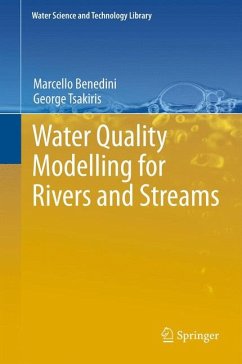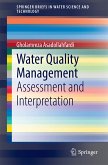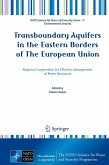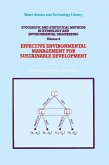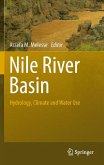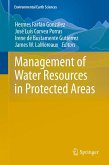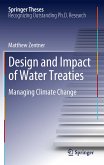To ensure their reliability, the models require accurate calibration and validation, based on proper data, taken from direct measurements. In addition, sensitivity and uncertainty analysis are also of utmost importance.
All the above items are discussed in detail in the 21 chapters of the book, which is written in a didactic form for professionals and students.
Dieser Download kann aus rechtlichen Gründen nur mit Rechnungsadresse in A, B, BG, CY, CZ, D, DK, EW, E, FIN, F, GR, HR, H, IRL, I, LT, L, LR, M, NL, PL, P, R, S, SLO, SK ausgeliefert werden.
"This title provides a comprehensive and detailed primer to water quality modelling. ... useful for water planners and managers, watershed users, postgraduate students and professionals in the fields of environmental planning, water quality, civil engineering and catchment management. It is well written and structured. The reader will find this book as a good basis for understanding water quality modelling and very beneficial in his professional life." (D. Alexakis, European Water, Issue 41, March, 2013)

